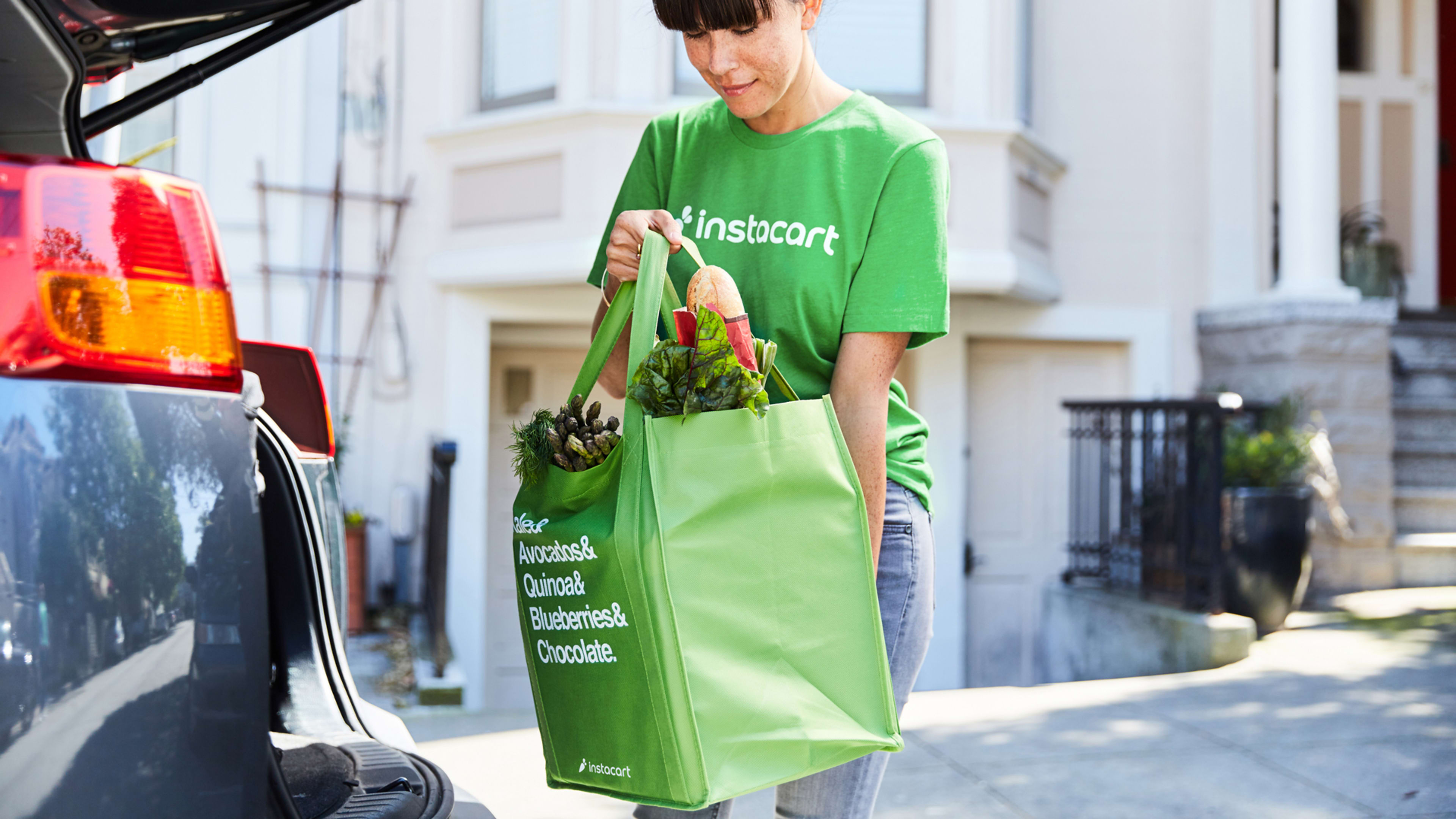App-based grocery delivery service Instacart has grown steadily in the U.S. and Canada–says the pre-IPO company, valued at nearly $8 billion. That strains a system of freelance delivery drivers, called “shoppers,” who may schedule shifts a week or more in advance.
To cover demand spikes that overwhelm scheduled workers, Instacart is now allowing shoppers who aren’t on the clock to pick up individual delivery batches “on-demand.” That’s in line with other delivery services–such as Shipt (owned by Target)–which don’t have scheduled shifts.
Instacart has faced backlash from shoppers who claim that pay formula changes have decreased earnings–compelling Instacart to adjust its system twice in February.
So what will shoppers think of the on-demand option? Instacart has been piloting it with almost 7,000 of them in cities including Sacramento and Buffalo, and says that “nearly 80%” of them are satisfied, appreciating the flexibility.
I spoke with an upstate New York shopper who was briefly eligible for the pilot—and was nonplussed by the changes. “It’s only a way to give the worst batches that are left over to people who are super desperate,” said the shopper, on condition of anonymity for fear of retaliation. Instacart says that’s not the case, that the on-demand batches are fresh jobs that come in during times of high demand and aren’t even visible to the scheduled workers.
The same shopper concedes that the scheduling system is problematic in busy markets. Experienced shoppers who have earned early access tend to swarm the system on Sunday morning, when slots for the coming week open up, yet ideally on-demand could be a way for less-experienced or less-active shoppers to get work.
“If a zone is oversaturated with shoppers…it’s going to be the proverbial race to the bottom,” says Sandra Wiggins, a Portland, Oregon, Instacart shopper who hasn’t been part of the pilot project. She fears that drivers will grab any offer as fast as they can, to beat out competitors. But if drivers are strategic and disciplined, they can let offers sit until pressure builds on Instacart to raise the fee, says Wiggins, who also drives for Amazon Flex–where she says that strategy has worked in some cities.
Exiting the pilot phase, Instacart’s on-demand offering comes first to newer and/or larger markets, called “zones,” where the company is trying to strike a better balance between supply and demand. These include Austin, Boston, and Rochester–with a rollout to other, not necessarily all, regions in the coming months. “Zones will be On-Demand, Schedule Ahead, and in some cases, a combination of both,” says an Instacart shopper blog post by chief product officer David Hahn.
Recognize your brand’s excellence by applying to this year’s Brands That Matter Awards before the early-rate deadline, May 3.
